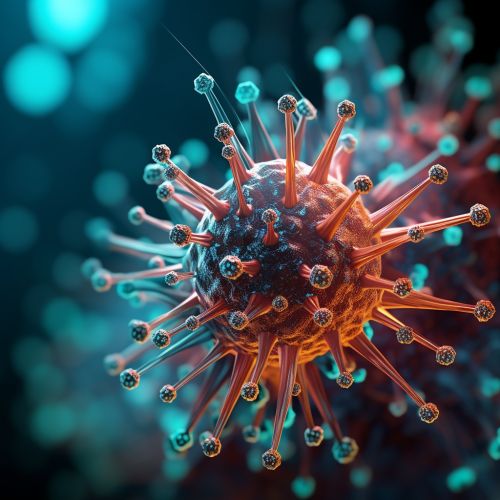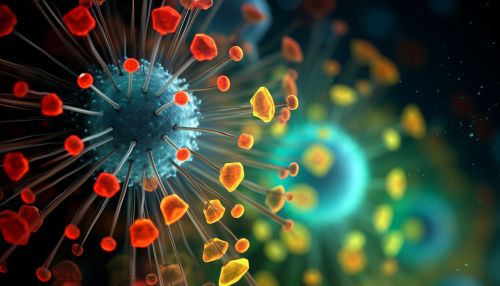Orthocoronavirinae
Taxonomy and Classification
Orthocoronavirinae is a subfamily of viruses in the family Coronaviridae, order Nidovirales. This subfamily is further divided into four genera: Alphacoronavirus, Betacoronavirus, Gammacoronavirus, and Deltacoronavirus. Each of these genera has its unique characteristics and host range.


Structure and Genome
Orthocoronavirinae viruses are enveloped, with a positive-sense single-stranded RNA genome and a nucleocapsid of helical symmetry. The genome size of these viruses ranges from approximately 26 to 32 kilobases, extraordinarily large for an RNA virus. The genome organization for a coronavirus is 5′-leader-UTR-replicase-Spike (S)-Envelope (E)-Membrane (M)-Nucleocapsid (N)-3′UTR-poly (A) tail. The open reading frames 1a and 1b, which occupy the first two-thirds of the genome, encode the replicase polyprotein pp1ab. The remainder of the genome encodes structural and accessory proteins.
Replication
Orthocoronavirinae replication involves both the host's cytoplasm and nucleus. The virus enters the host cell by endocytosis and releases its RNA genome into the cytoplasm. The host ribosomes translate the viral RNA into two large polyproteins, which are then cleaved into smaller proteins by viral proteases. These smaller proteins form the replication-transcription complex (RTC) in double-membrane vesicles. The RTC synthesizes a nested set of subgenomic RNAs (sgRNAs) using negative-strand intermediates. The sgRNAs serve as the mRNAs for the structural and accessory genes. After the viral components are synthesized, they are assembled into virions in the ER-Golgi intermediate compartment and then transported to the cell surface in smooth-walled vesicles.
Pathogenesis
Orthocoronavirinae viruses can cause diseases in mammals and birds. The severity of these diseases can range from mild to severe, and can even be fatal. In humans, these viruses are responsible for a significant proportion of common colds, but can also cause more severe diseases such as pneumonia, severe acute respiratory syndrome (SARS), Middle East respiratory syndrome (MERS), and the disease caused by the SARS-CoV-2 virus, COVID-19.
Evolution
Orthocoronavirinae viruses are thought to have a high mutation rate due to the lack of proofreading capability of their RNA polymerase, leading to a high genetic variability. This high mutation rate, combined with the selection pressure from the host immune system and the possibility of recombination, leads to the emergence of new strains and occasionally, new species of viruses.
